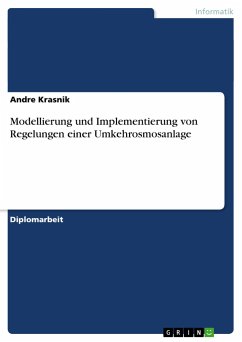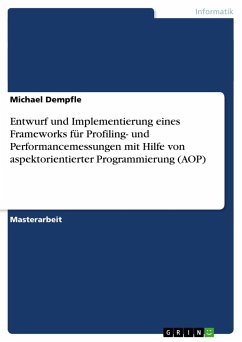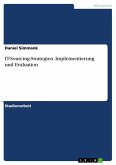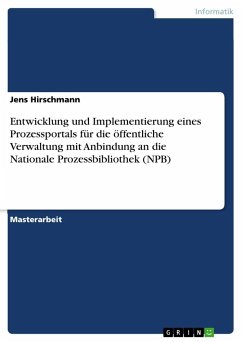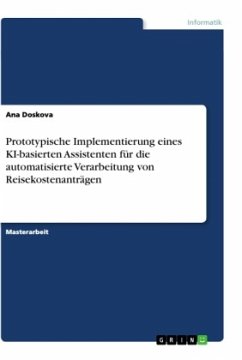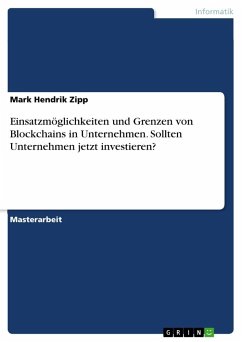Diplomarbeit aus dem Jahr 2006 im Fachbereich Informatik - Technische Informatik, Note: 1,3, Universität Mannheim, Sprache: Deutsch, Abstract: In the context of this diploma thesis the following tasks should be solved:- to develop a mathematical model of a continuously working OSMO ECO reverseosmosis plant of the company OSMO SISTEMI (Italy);- to implement this mathematical model as an input/output system with assistance ofMatlab/Simulink/Stateflow;- to validate the Matlab/Simulink/Stateflow model with the OSMO ECO reverseosmosis plant;- to test different controls at the model and discuss results.Because of the influence of unforeseeable events these tasks were changed. It doesnot become the OSMO ECO reverse osmosis plant specified above, but on the basisfixed characteristics a new system was theoretically designed. The following must beconsidered thereby: According to the possibility with only one reverse osmosis unitfrom the dirty water (max. 10000 ppm TDS) get as much as possible pure water (TDS< 150 ppm).There are different kinds of RO units. Here, only two usually common types of RO-modules are considered: the hollow fiber module as well as the spiral woundedmodule. The obtained simulation results as well as the model based controller designcarried out by using the model, which was developed in this work, are satisfactoryand open several perspectives for the future work. Because the plant was notavailable during the development of this work, it was not possible to compare theresults of the simulation with the data from the real plant.

